אירווינג נורמן(1906-1989)
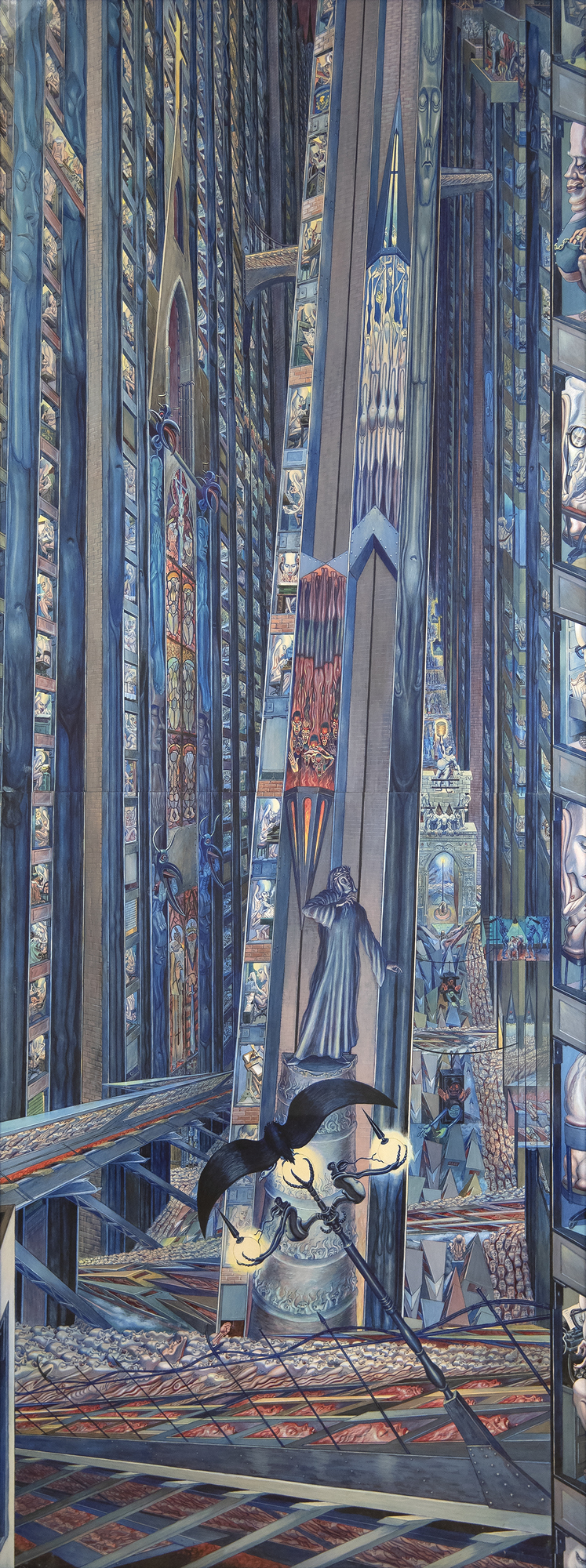
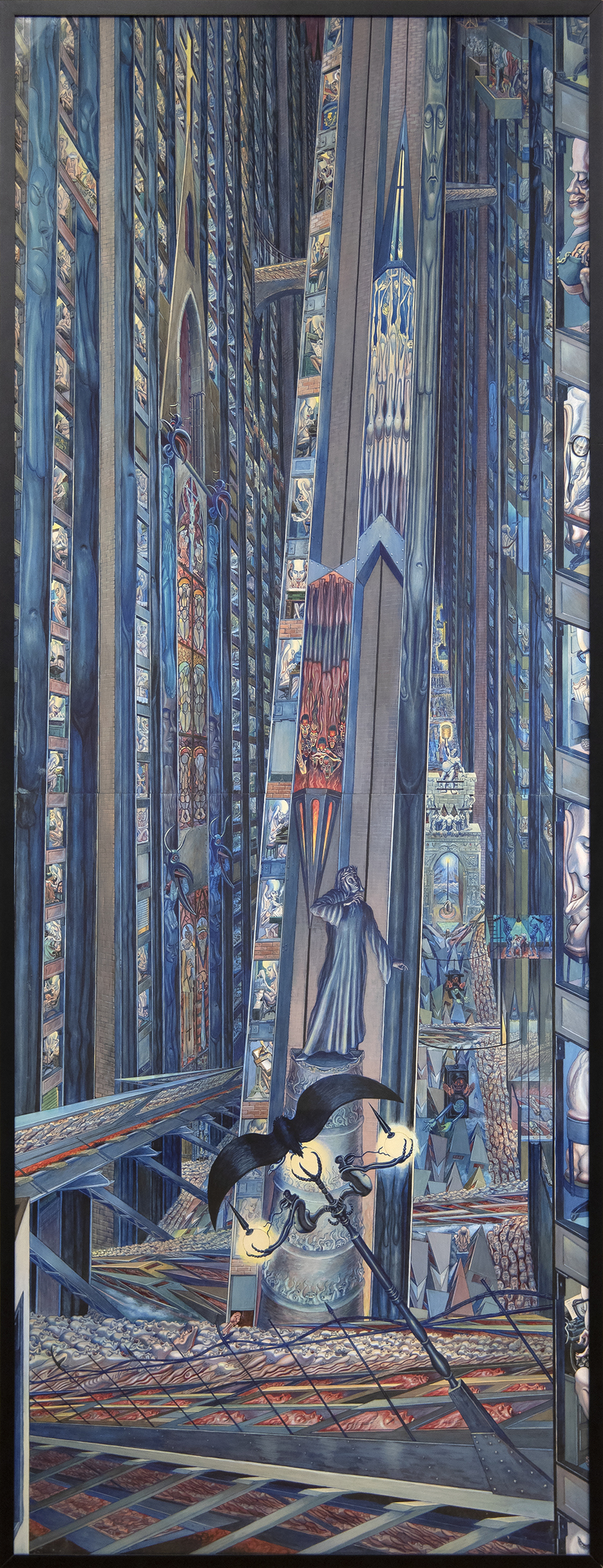
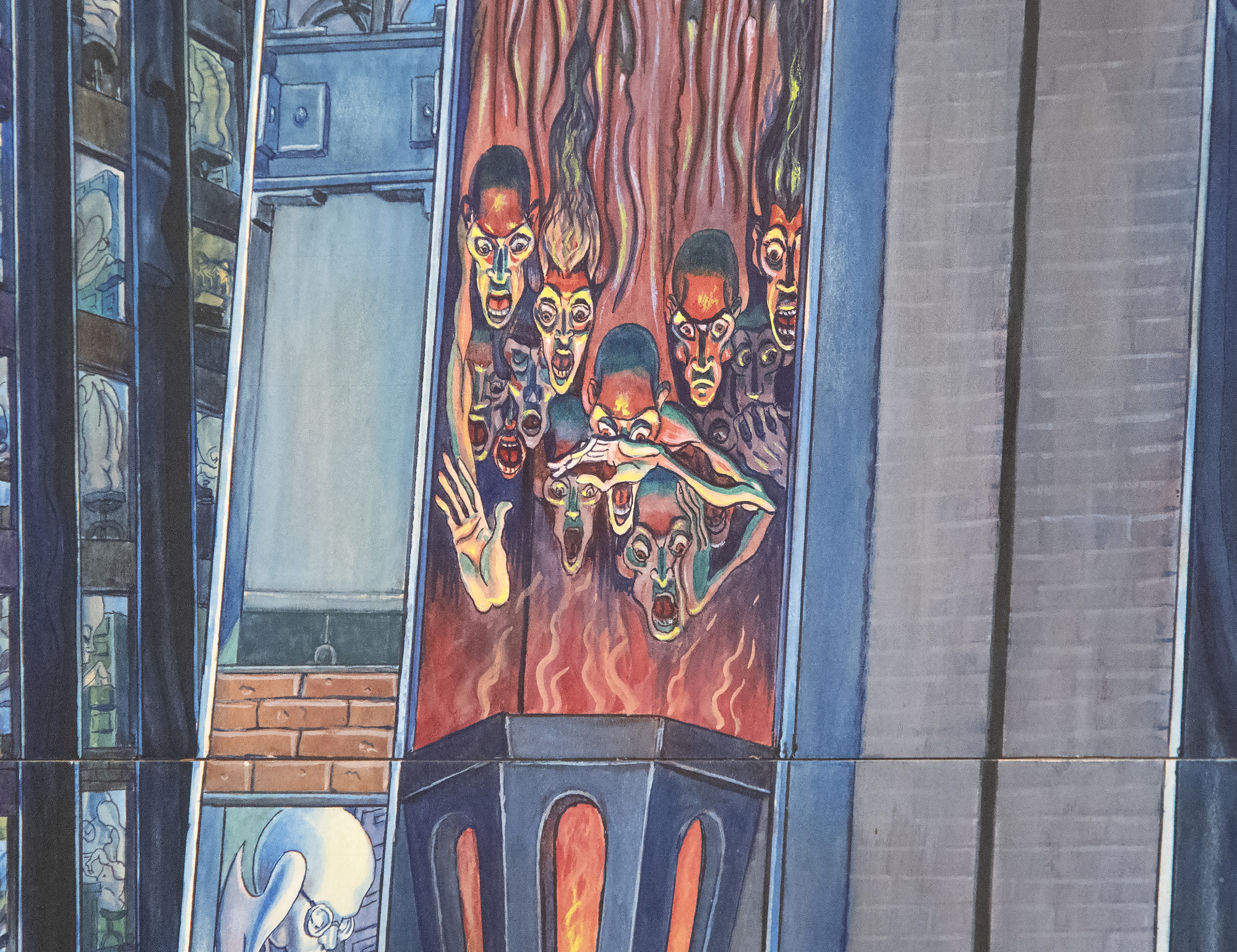
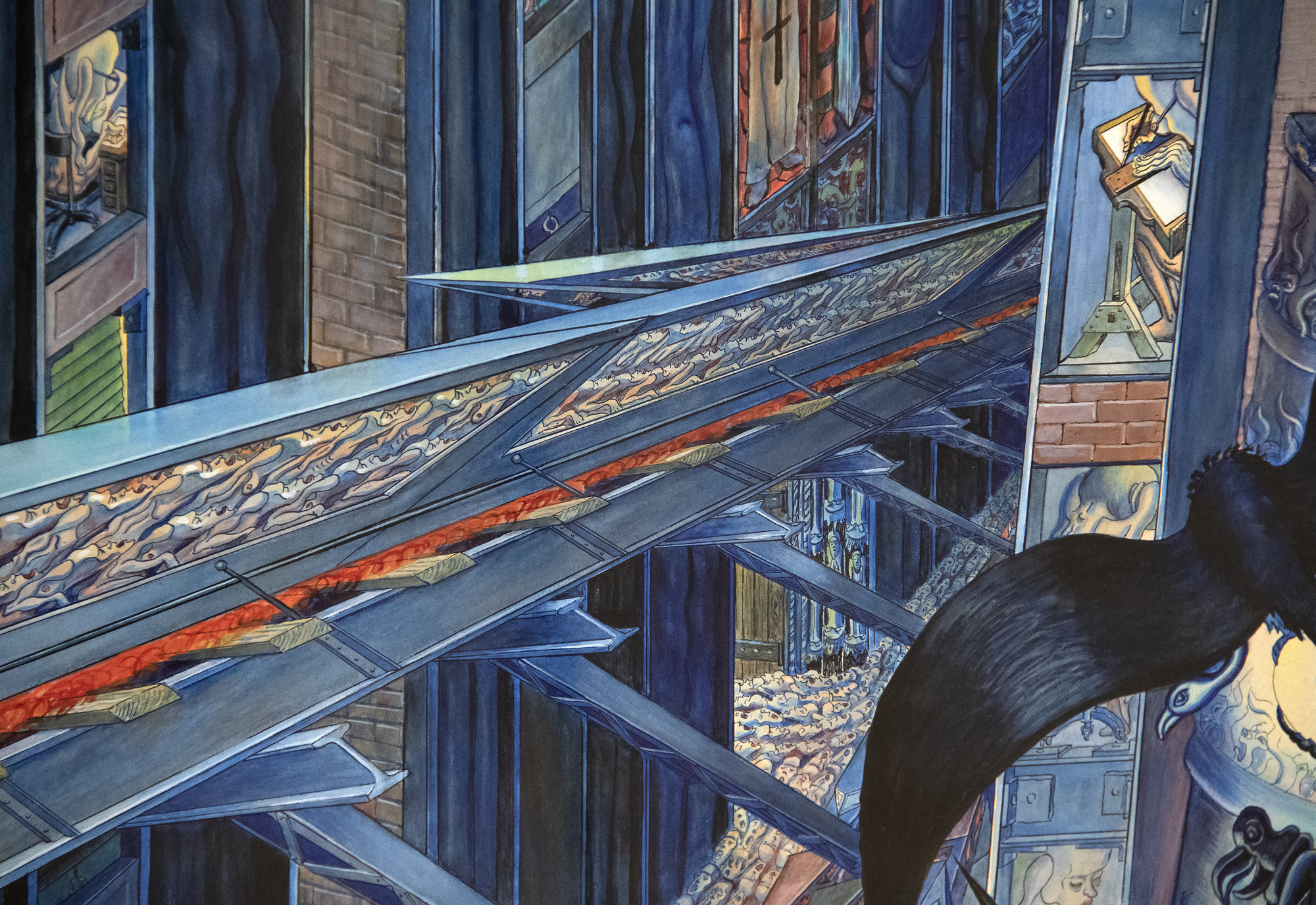
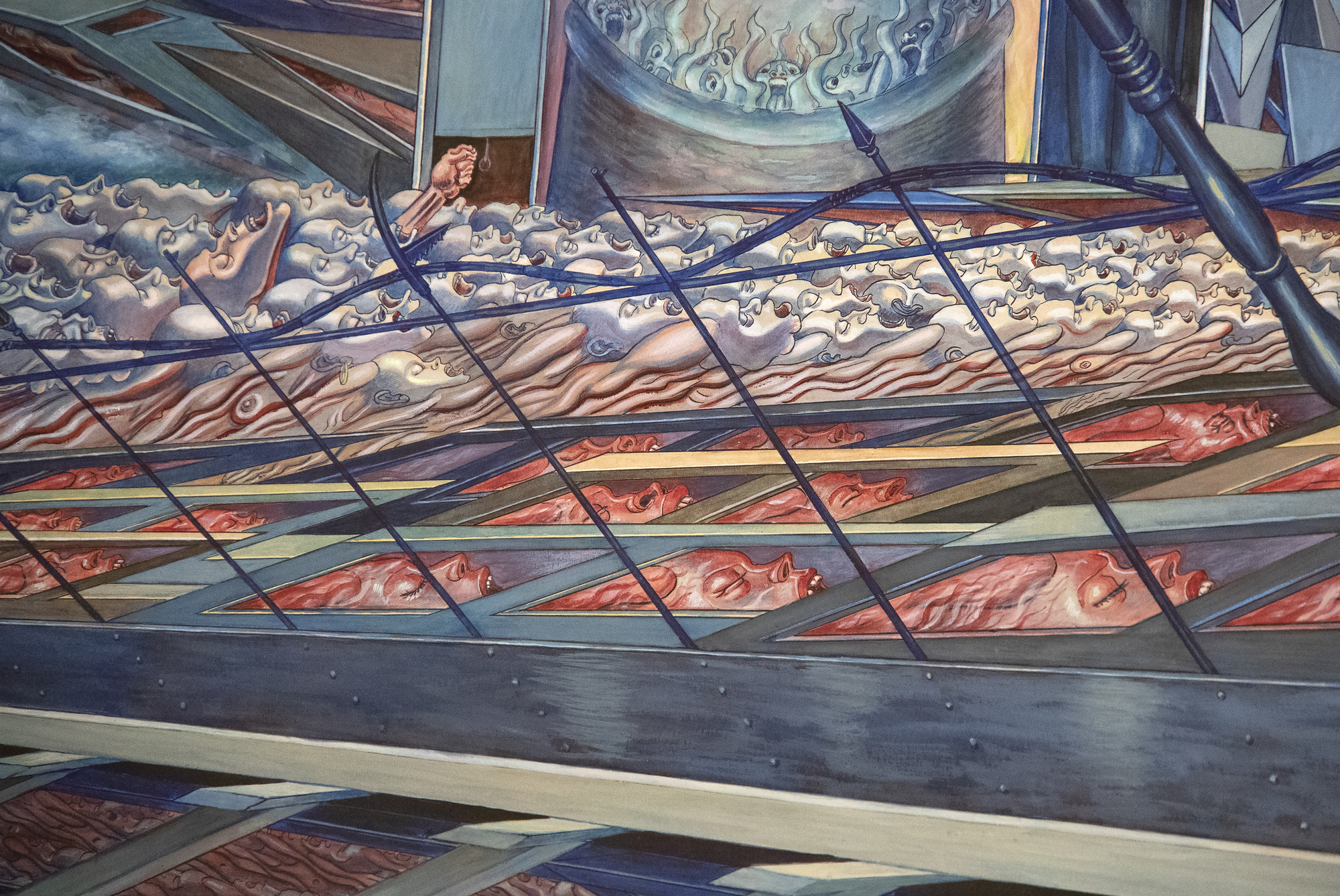
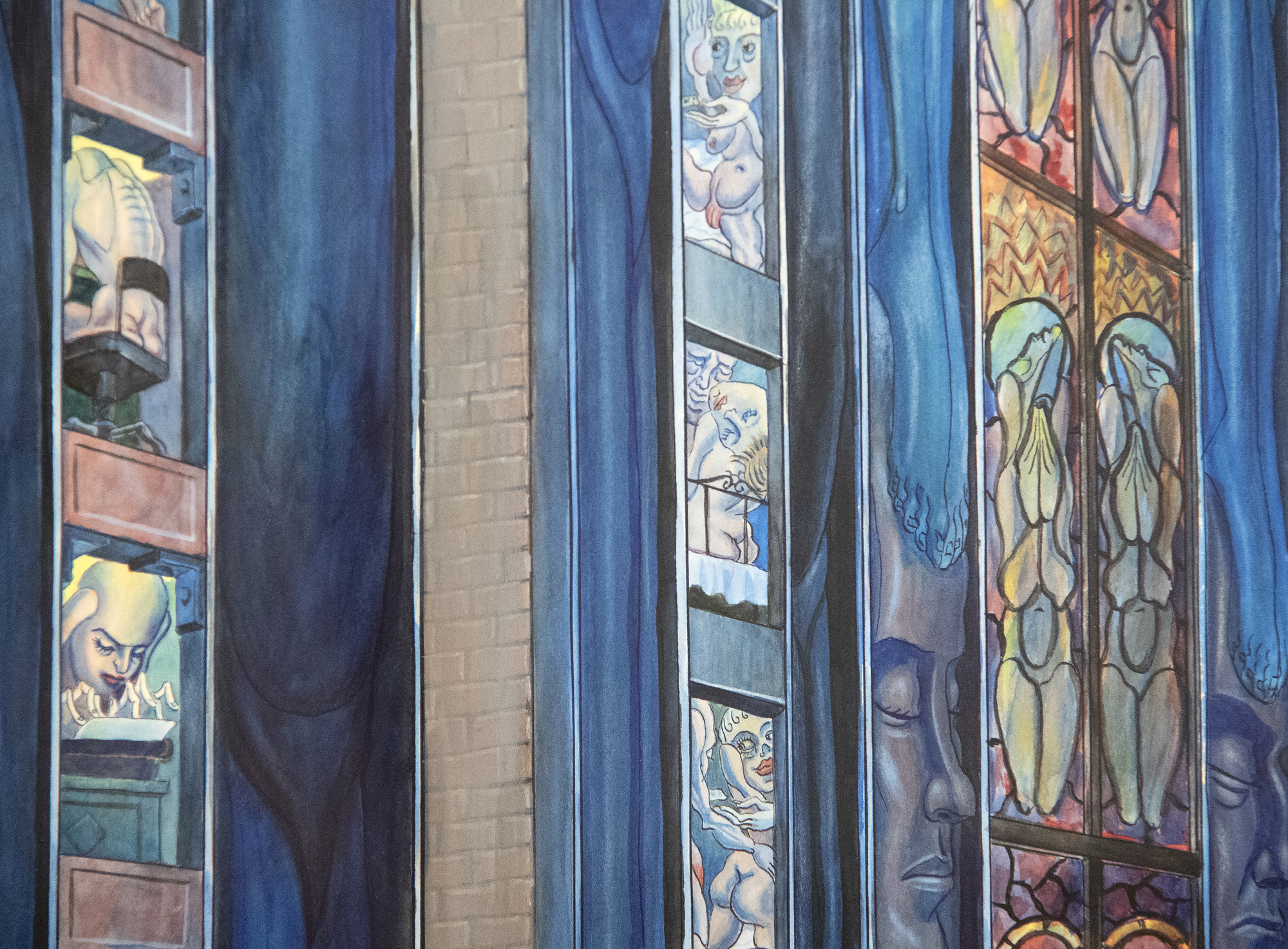
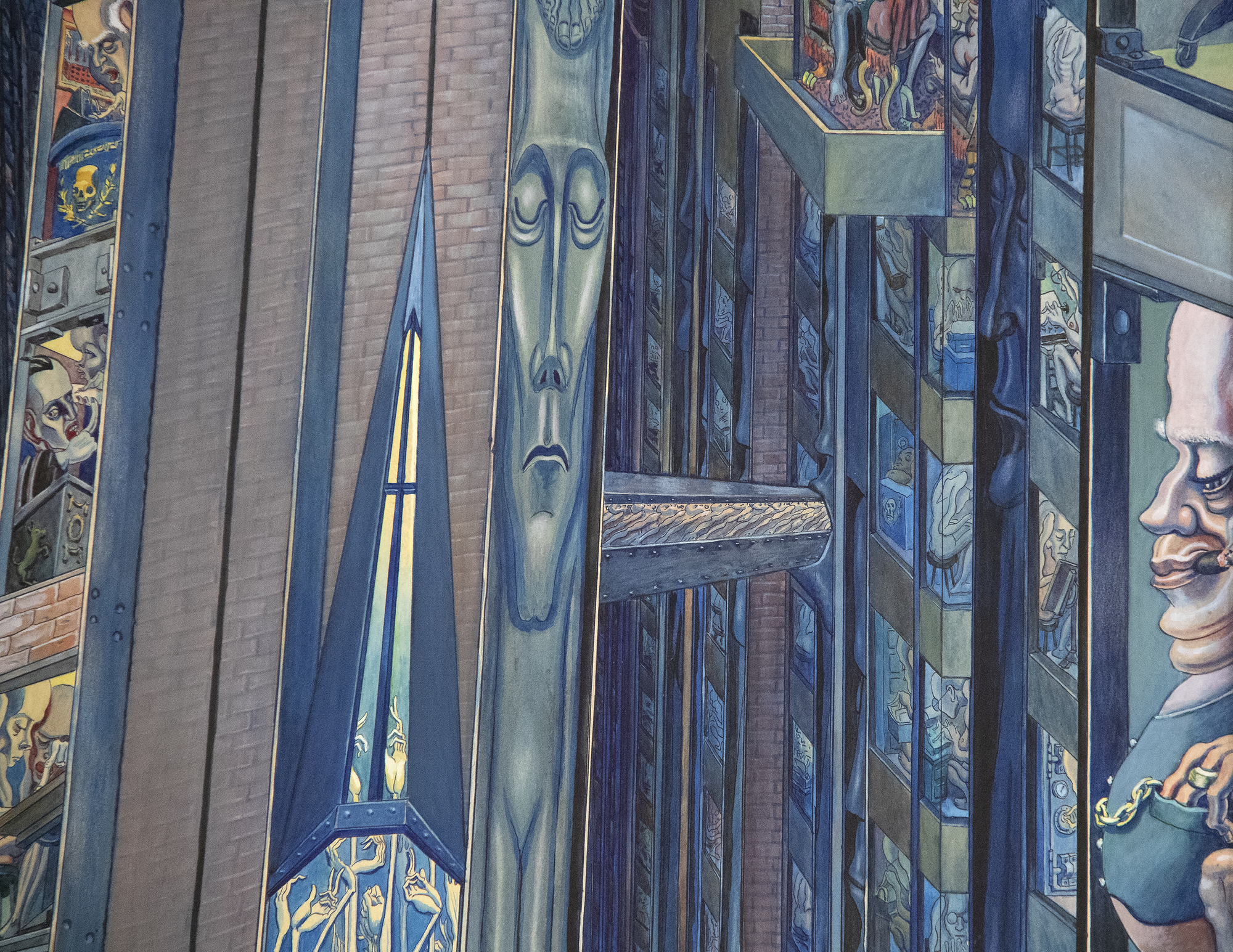
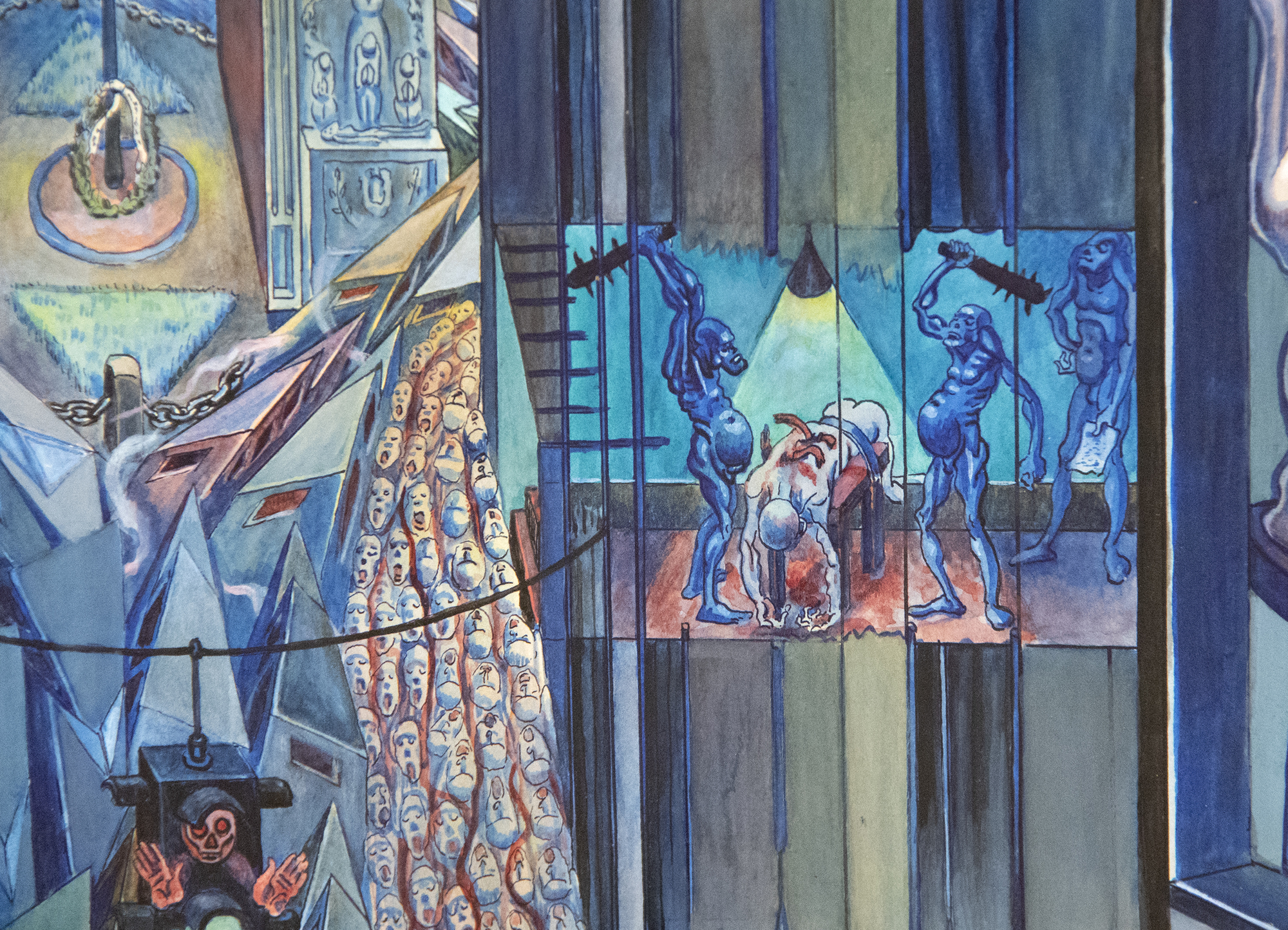
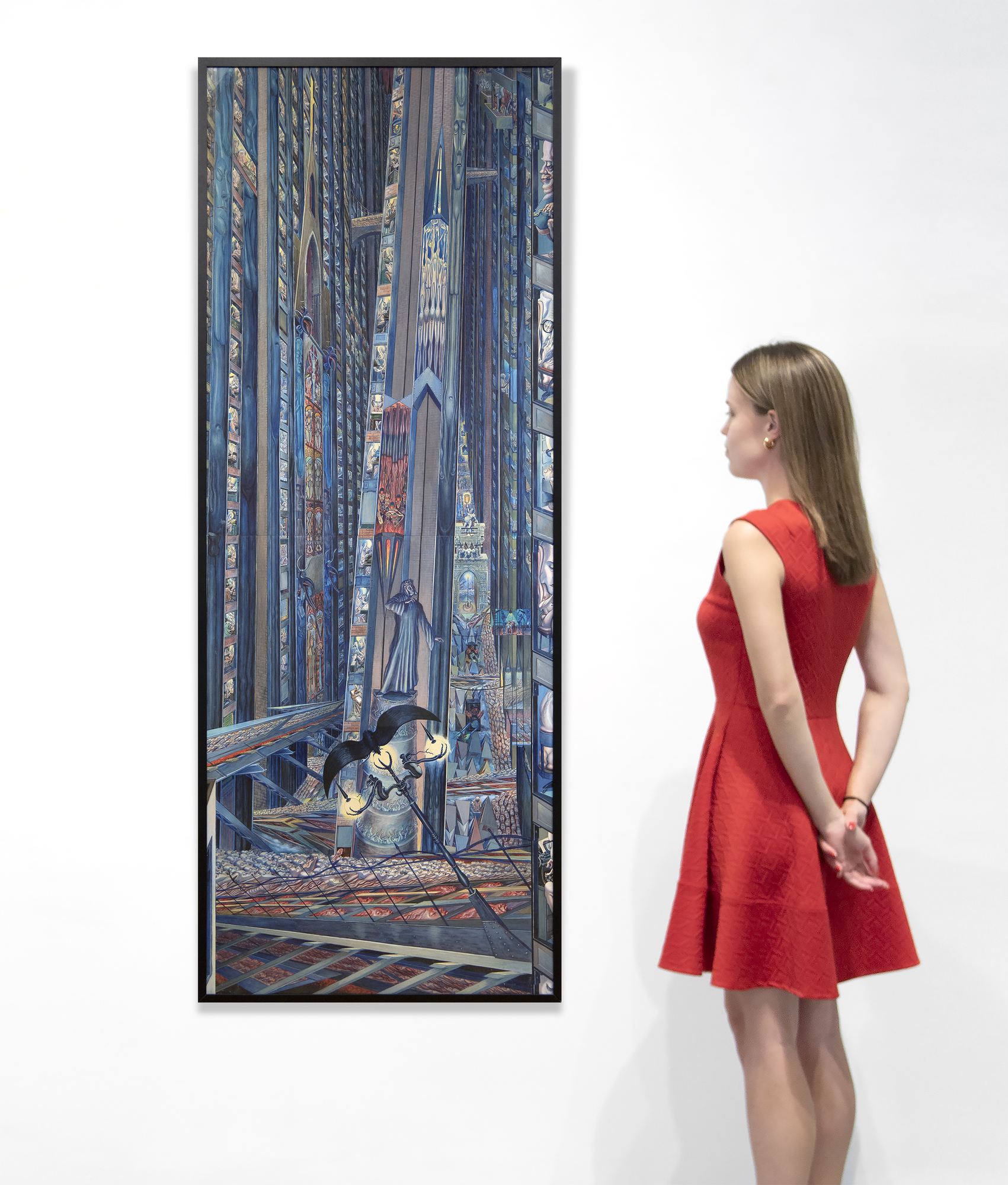
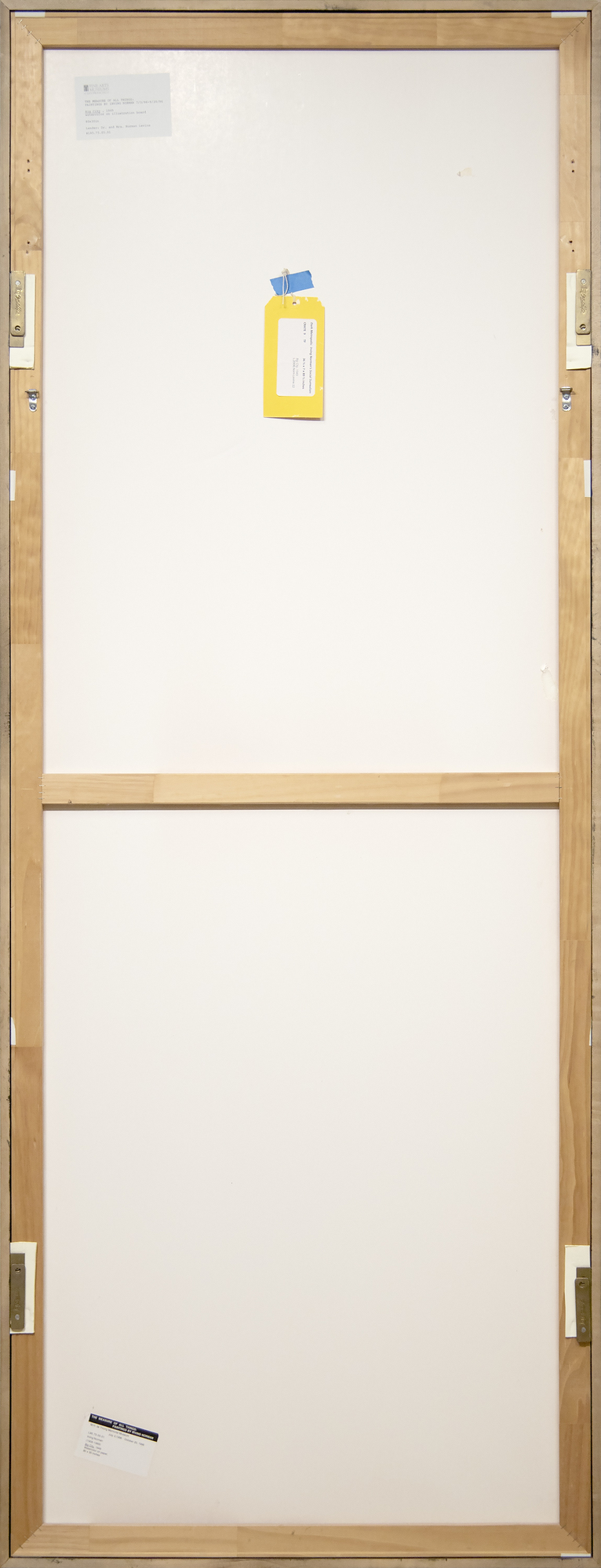
מקור ומקור
משה ורות הלן לסקיאוסף פרטי, קליפורניה
תערוכה
מטרופוליס האפלה: הסוריאליזם החברתי של אירווינג נורמן, מוזיאון קרוקר לאמנות, סקרמנטו, קליפורניה, 23 בספטמבר 2006 - 7 בינואר 2007; מוזיאון פסדינה לאמנות קליפורניה, 26 בינואר - 13 במאי 2007; מוזיאון נורה אקלס הריסון, לוגן, יוטה, 5 ביוני - 13 באוקטובר 2007105,000
עבודתו של נורמן מתארת את זוועות המלחמה ואת הידע ממקור ראשון שלו על דיקטטורות טוטליטריות. עבודתו של נורמן תוארה כ"סוריאליזם חברתי", והסצנות הגדולות שלו מיידיות ועוצרות. יצירותיו בקנה מידה גדול של נורמן באמת לוכדות את כוחן של חוויות חייו; הם תיעוד חזותי באותה מידה שהם אזהרה לעתיד, שנועדה לעורר שינוי.


